Take a deep dive into Norway's art scene with the Lofoten International Art Festival
Kite tails, lingonberries and woven islands: the Lofoten International Art Festival unveils its 18th edition
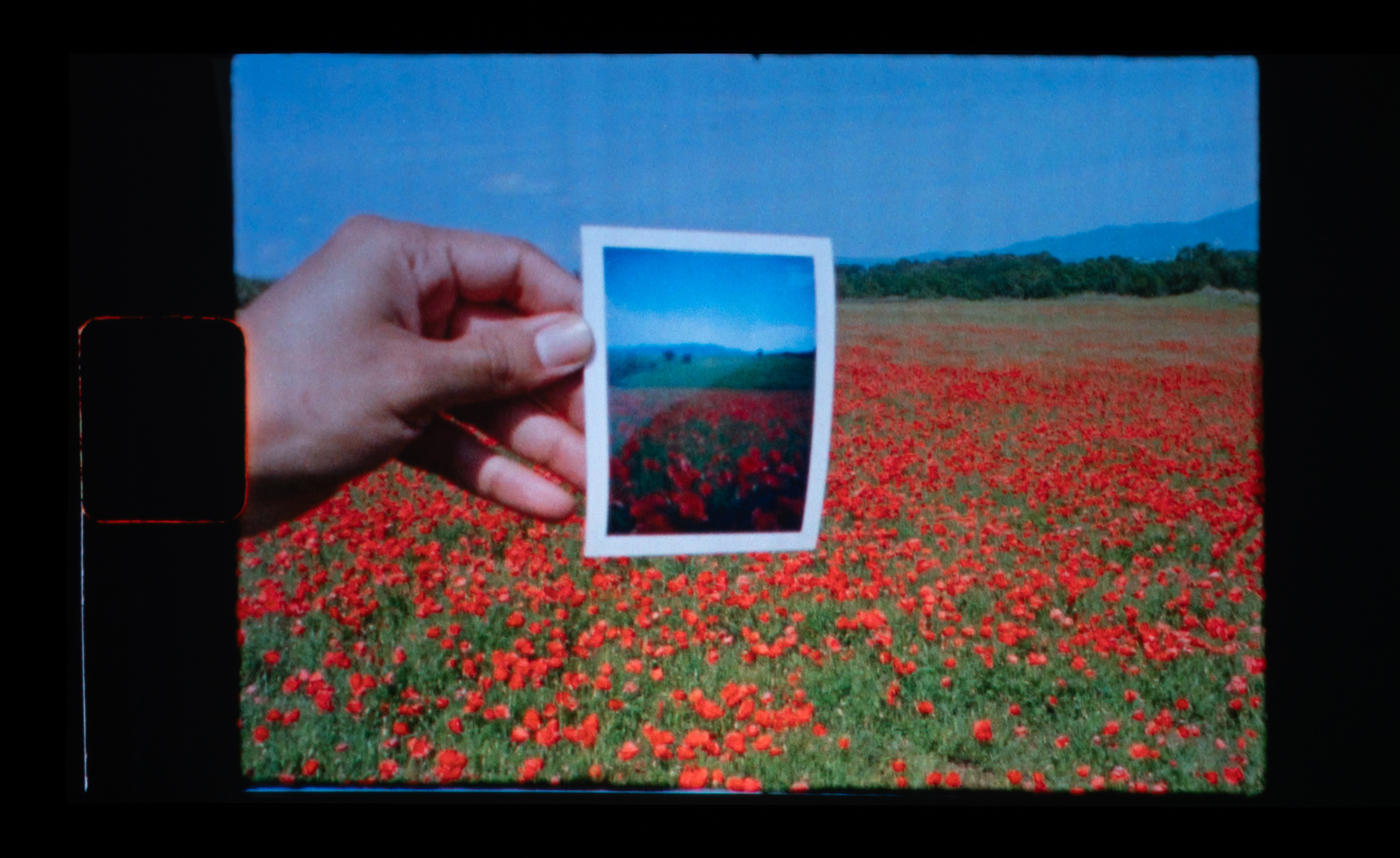
The historic fishing village of Sørvågen, on Moskenesøya island, sits at the precipitous reaches of Norway’s Lofoten archipelago. The road runs out little over a mile further on, just beyond the cod liver oil factory, where glaciated peaks plummet unflinchingly into inky sea.
And yet in this outlier of a place lies a historic landmark of modern communications: the world’s second ever wireless signal, transmitted in 1906. For the hundreds of fishermen who flocked to Lofoten for the migrating skrei (Arctic cod), the Sørvågen Radio was a critical warning signal during perishing winter storms, as well as an invaluable tool for tracking the fish. For the remotest communities on Røst and Værøy islands – unreachable by sea cable and separated by a dangerous maelstrom – the Sørvågen Radio was near-enough their first and only link to the rest of the world.
It is this undercurrent of community and connectivity which flows through the 18th edition of Lofoten International Art Festival, titled SPARKS. A nomadic event, Oslo-based curator Kjersti Solbakken chose to situate this edition not in Sørvågen but Svolvaer, the gateway of the archipelago. Nine sites across the town transmit the programme, including The Port Terminal serving the Hurtigruten coastal line, the deconsecrated Methodist church, and Svinøya, an industrial and tourist-trampled island, formerly the 19th-century mercantile hub, adjoined by bridge. NŌUA gallery, in Bodø (on the mainland) is a welcome addition to LIAF’s satellite offering – continuing their sharp contemporary photography programme with thoughtful presentations by Michael Tsegaye, Flis Holland and author Sissel Solbjørg Bjugn.
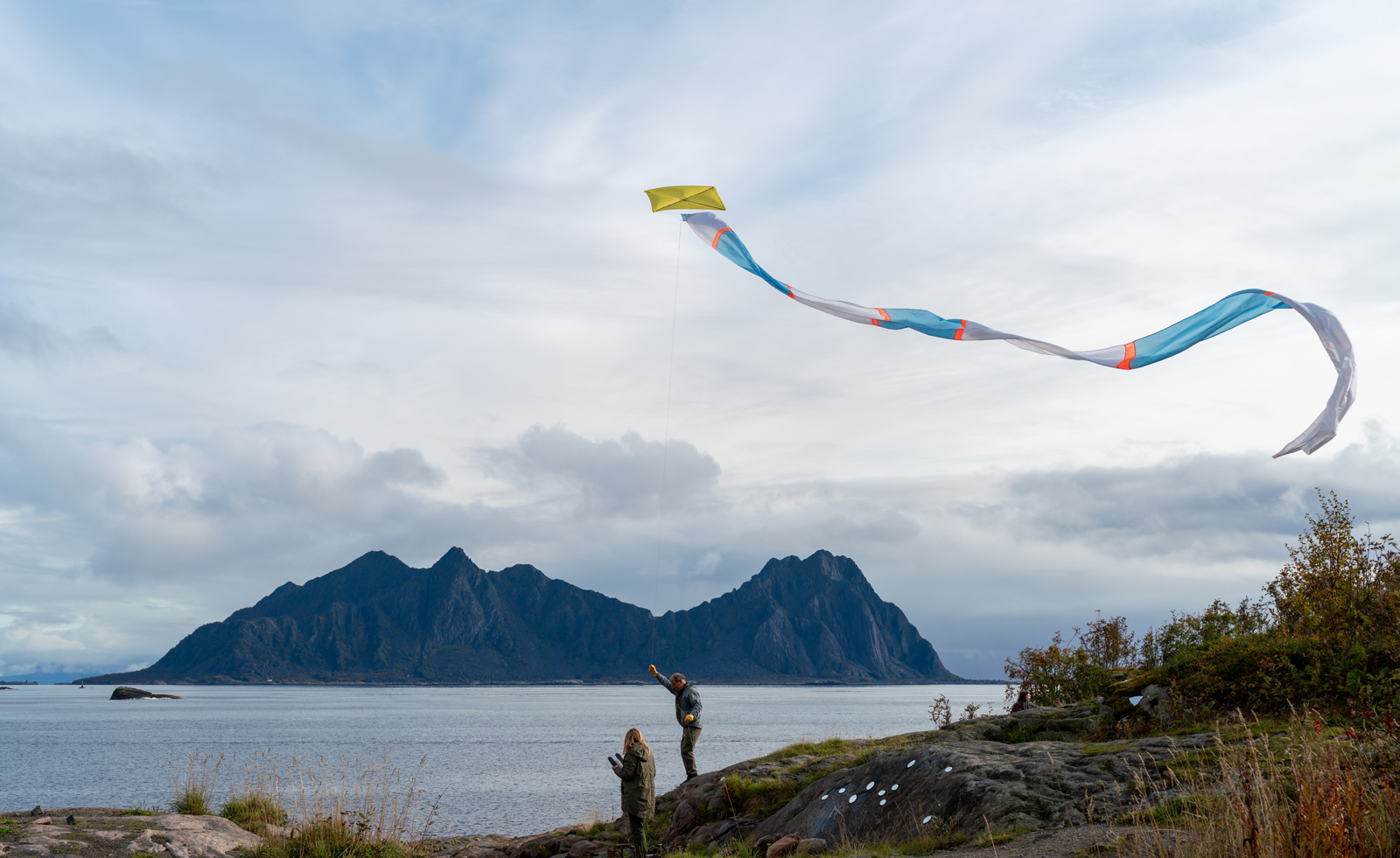
Svinoya
So-called Kraftholmen back in Svolvaer, at the former offices of Skarvik (servicers of fishing fleets), holds the mainstay of LIAF’s newly commissioned works, including morphic hand-blown glass gourd sculptures by Ayo and woven textile hangings by Monica Edmonston, made on a traditional Nordland warp-weighted standing loom. Elisabeth Brun’s video piece Big Tech Blues is rally against the acquisition of her childhood school in Vesterålen, by Elon Musk’s SpaceX Starlink programme, under the auspices of satellite antenna. “A place depends on the people who live there. People who pay attention”, the narrator utters. To wafting cow parsley, town hall murmurs, a plate of grandma’s waffles and weeds encroaching the steps of the abandoned primary school, Brun voices a poignant protest song against big tech. “The caress of the cheek which has been passed down”, continues the narration off-camera.
Echoes of Brun’s cry for the preservation of community and habitat are found in Memories of the unbridled river (2024), a video and sound work by Livingstone Office for Contemporary Arts. Imbued with the parallel decolonial struggle of Sami communities in Northern Norway and those in Livingstone and Zambia’s southern province, the work occupies four tablet screens suspended before gaping harbour-view windows. They are “a sonic corridor”, says curator Solbakken, wherein migrating elephants, the surging Zambezi and stomping drumbeats become tableaus awash with the ebb and flow of Lofoten harbour.

Kraftholmen
“Telegraph” translates from the Greek as “writing at a distance”, and many of LIAF’s presentations explore ideas of displacement – both geographic and temporal. The previously unshown archival paintings, polaroids and artist books of artist Birgit Hagen (1912-2004) transport the viewer from the the Svolvær Art Society to the artist’s summertime visit to Lofoten, alongside her nature-infused tapestries with titles such as “Willows and Lingonberries”.
Most transportive of all, however, is LIAF’s reimagination of Island Eye Island Sea, now 50 years since its conception by composer David Tudor (1926– 1996), never fully realised until this year. In Tudor’s original vision (for Knavelskär in the Stockholm archipelago), an island would be recorded over four seasons, then reflected back in shifts of sight, sound and atmosphere. He enrolled three female collaborators: Fujiko Nakaya for her seawater fog sculptures; Jackie Matisse for her long-tailed hand stitched kites; and choreographer-artist Margaretha Åsberg, whose shards of mirrored glass would reveal the island’s physical terrain.
Receive our daily digest of inspiration, escapism and design stories from around the world direct to your inbox.
For LIAF 2024, an evolved IEIE collective of original and new artists assembled on the cragged shoreline of Svinoya under cyan skies and autumn gusts: kites coaxed skyward by Matisse’s son Robert Monnier; ultrasonic speakers whipping up gull-squawks and fog horns; amongst glowing rowan shrubs and spiralling sea eagles. “If it doesn’t happen, there’s going to be a hole in my astral body”, said Tudor in 1978. Svinøya is perhaps not the “pristine island” Tudor or his successors might have envisaged for this overdue realisation of the project, said IEIE curator Marianne Hultman, director of North Norwegian Art Centre, hosts of LIAF. But then IEIE is about shifting one’s perception. “As soon as you put a kite in the air, something special happens”, said Monnier. “Something which seems to make the moment more important”. Here lies the promise of LIAF: a festival unequivocally intensified by its far-flung island setting.
Lofoten International Art Festival runs until 20 October 2024
nnks.no/en
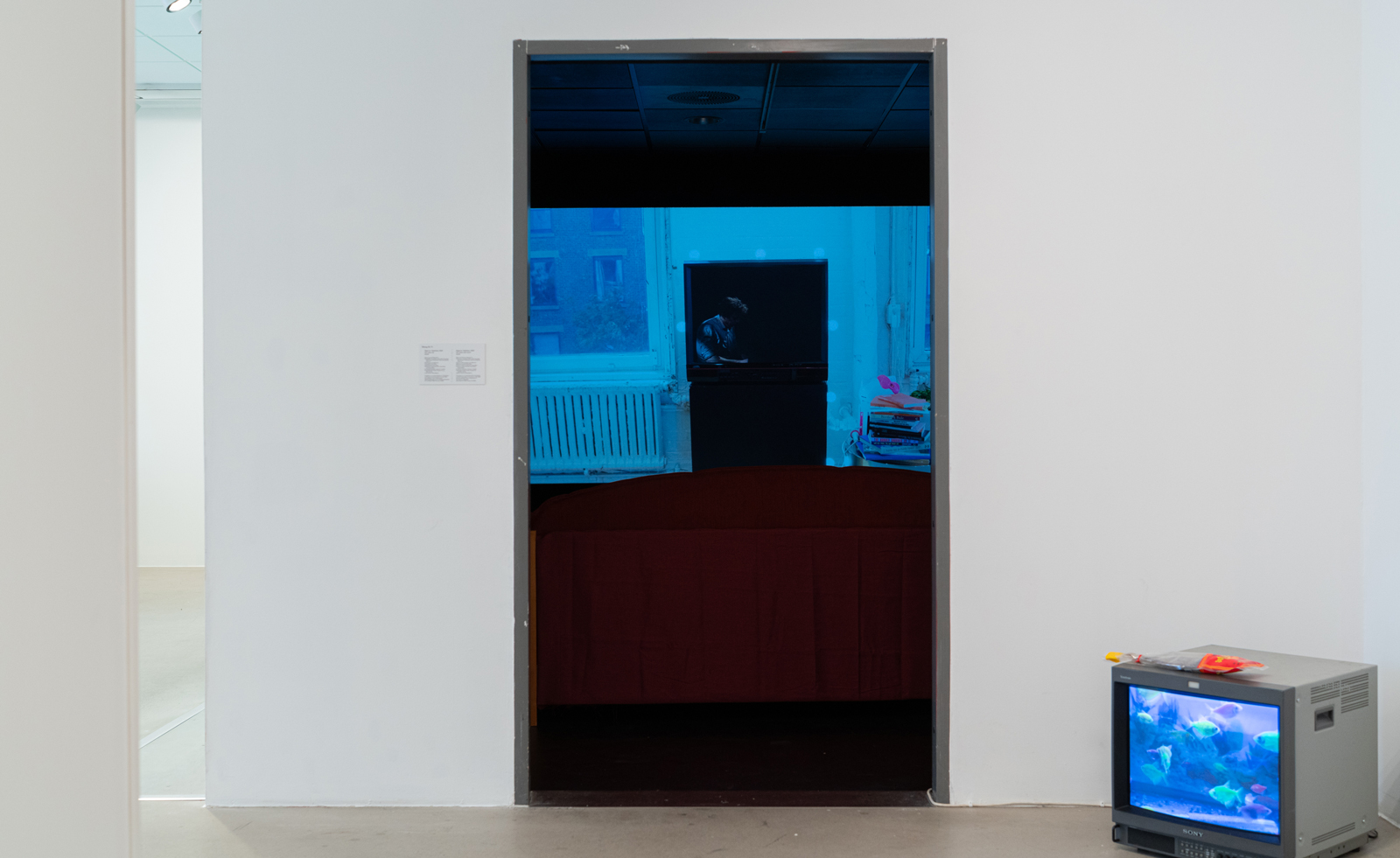
The North Norwegian Art Centre
-
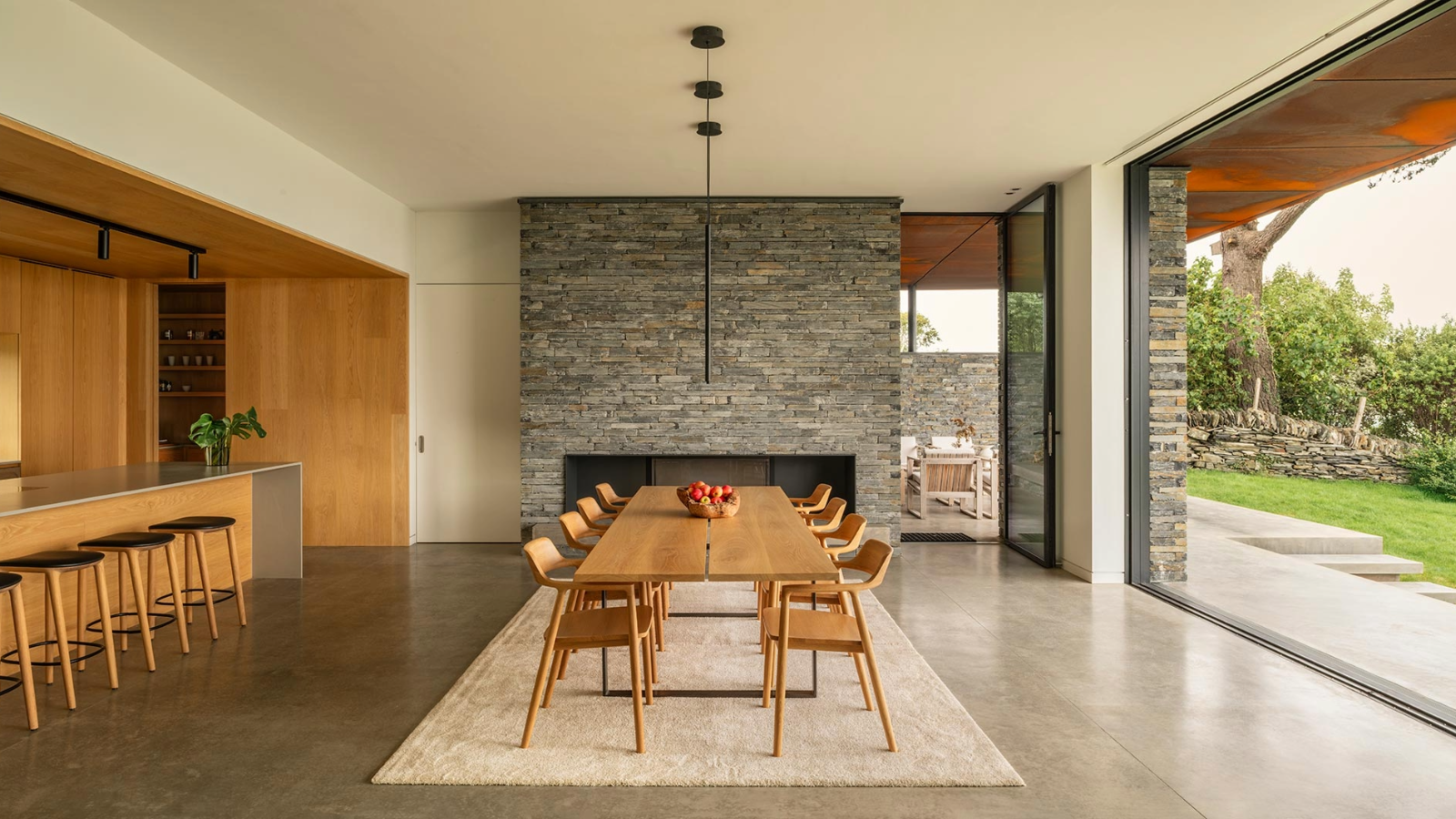 Porthmadog House mines the rich seam of Wales’ industrial past at the Dwyryd estuary
Porthmadog House mines the rich seam of Wales’ industrial past at the Dwyryd estuaryStröm Architects’ Porthmadog House, a slate and Corten steel seaside retreat in north Wales, reinterprets the area’s mining and ironworking heritage
-
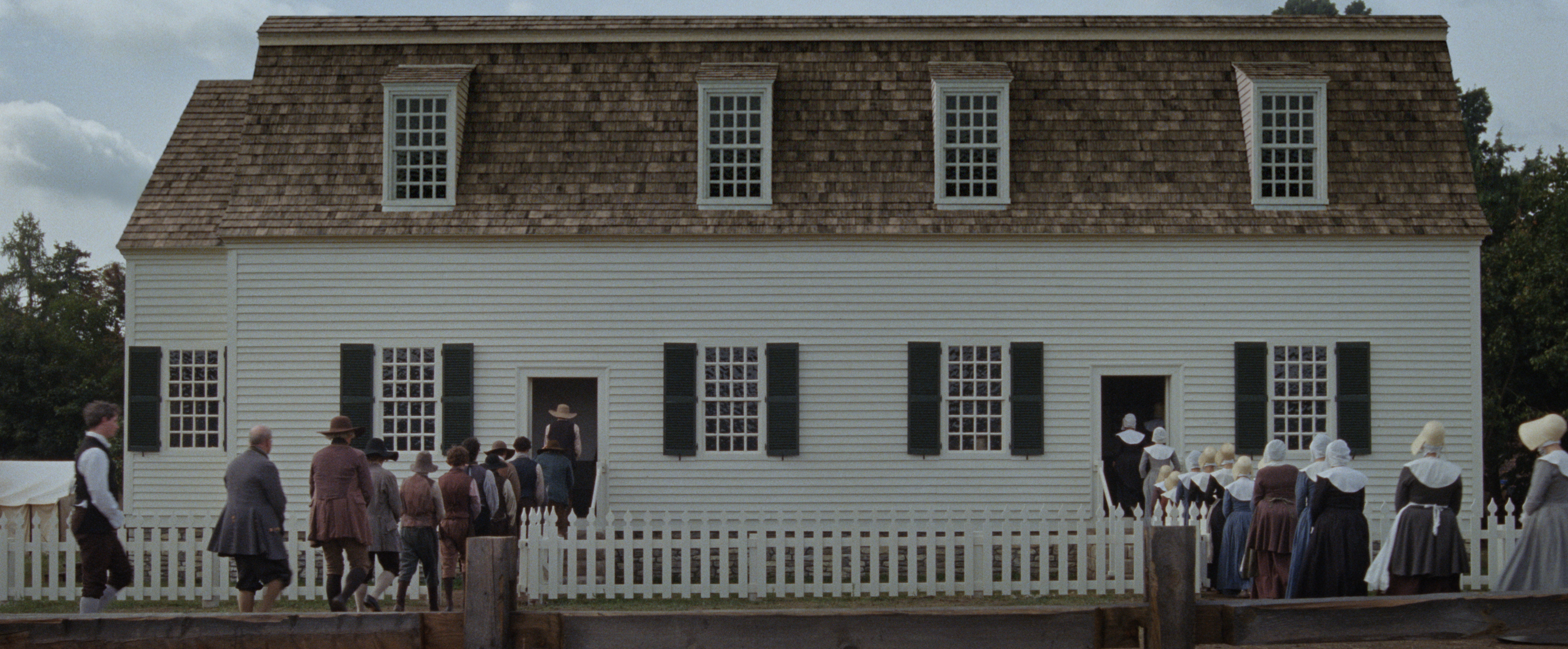 The Testament of Ann Lee brings the Shaker aesthetic to the big screen
The Testament of Ann Lee brings the Shaker aesthetic to the big screenDirected by Mona Fastvold and featuring Amanda Seyfried, The Testament of Ann Lee is a visual deep dive into Shaker culture
-
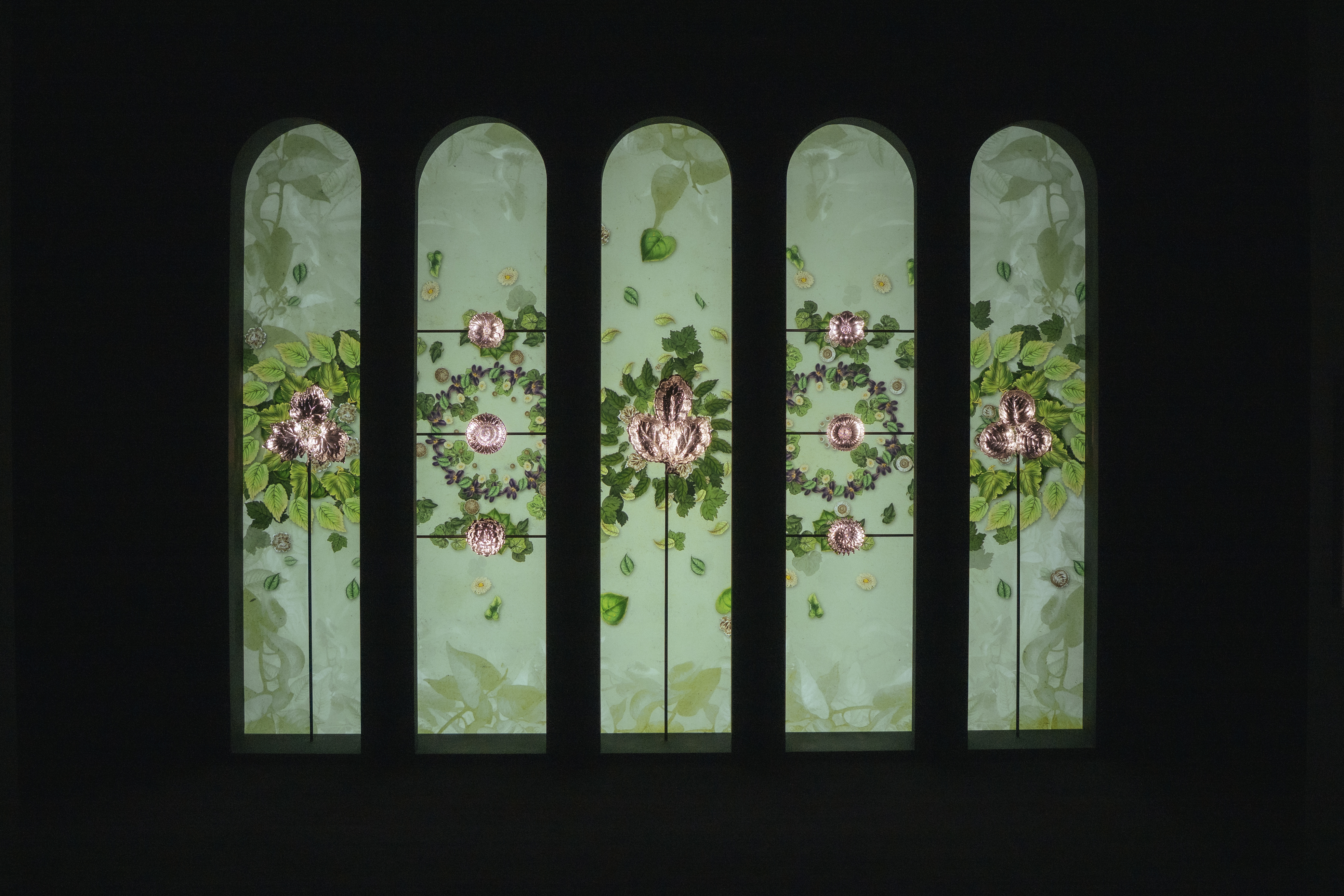 Dive into Buccellati's rich artistic heritage in Shanghai
Dive into Buccellati's rich artistic heritage in Shanghai'The Prince of Goldsmiths: Buccellati Rediscovering the Classics' exhibition takes visitors on an immersive journey through a fascinating history